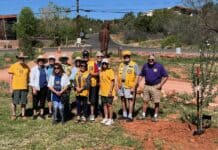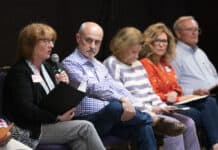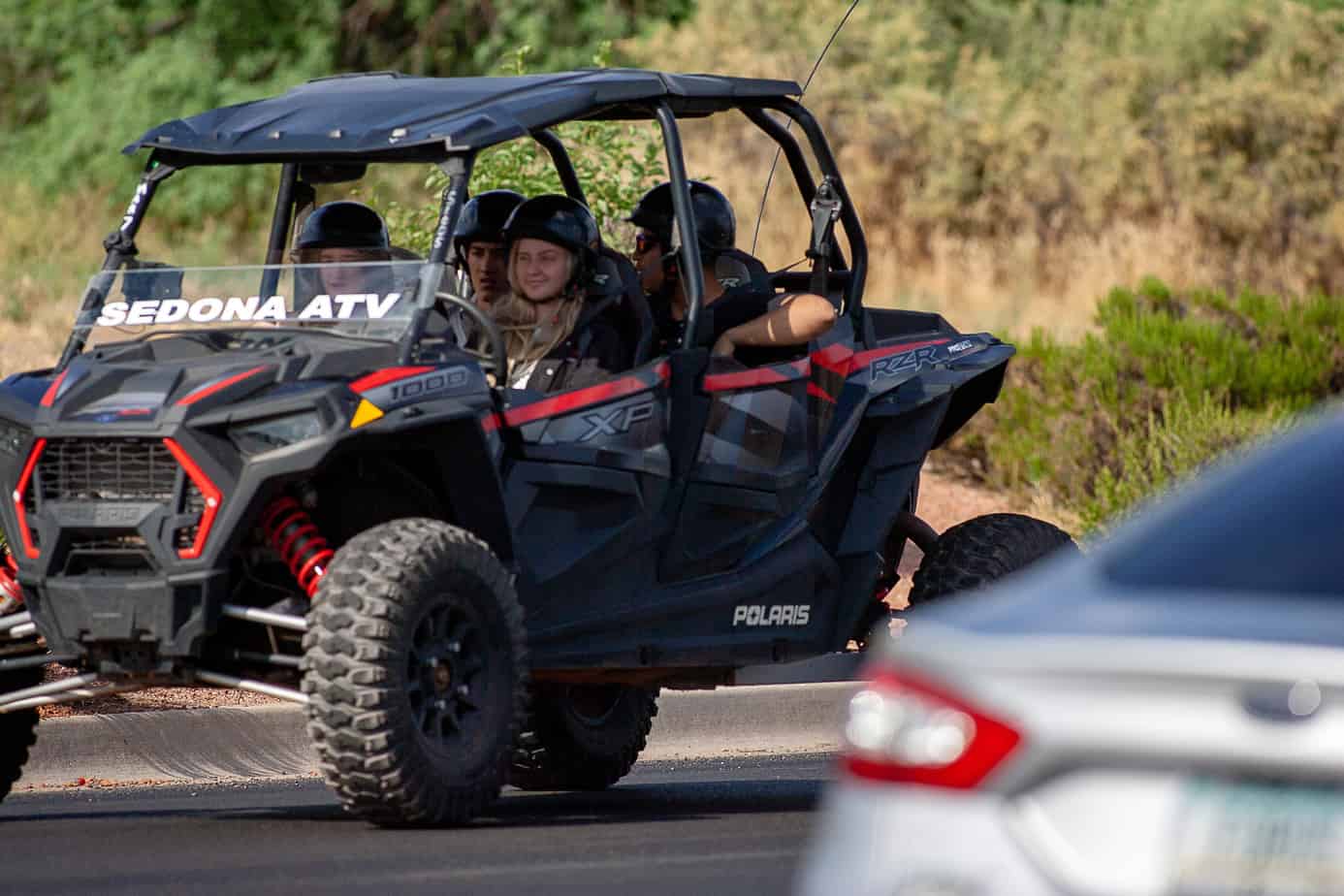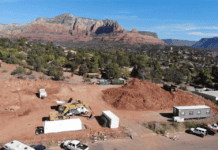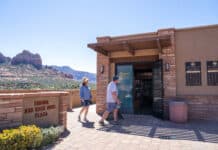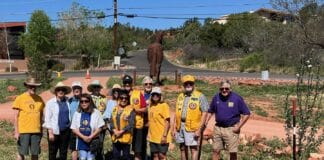One of the many ways people enjoy the trails and red rocks within the greater Sedona area is an activity that’s left some residents plugging their ears.
Off-highway vehicles, or OHVs, are a popular recreational activity and while most are street legal, the noise they often make getting to and from trailheads has resulted in several complaints over the years.
The Sedona City Council was given an update on the issue during its Wednesday, June 26, meeting. No action was taken but rather direction was given to staff.
A citizens’ engagement work group made up of residents and OHV businesses originally formed in 2014. The work group came up with a variety of potential strategies which were presented to council later that year, Sedona Senior Planner Cynthia Lovely said during the meeting. Council then directed staff to partner with the U.S. Forest Service, collect additional data and investigate a volunteer program. The collaboration of the work group, city and U.S. Forest Service resulted in the successful award of an Arizona OHV grant to the Forest Service. The grant funded several of the strategies identified by the work group, such as educational and resource protection projects as well as a temporary USFS OHV coordinator.
The work group reconvened in 2017 as a more balanced group of residents, businesses and enthusiasts with a more focused mission of evaluating additional strategies, Lovely said. The intent of the evaluation — during group discussions and in the report — was to look at the feasibility of each strategy, identify the limitations and obstacles, the cost/benefits and likely success at addressing the goals. The three goals were to reduce noise, improve safety and protect resources. “It should be noted that, similar to the 2014 work group effort, no strategies have been identified that materially reduce let alone eliminate the impacts of OHVs in neighborhoods,” a city report states. “This has left some neighbors very frustrated and still searching for answers. However, the challenge of working within federal laws that ensure some amount of motorized access to public lands and state laws that make many OHVs street legal are significant challenges to overcome.” Four of the five roads that give OHV users access to the National Forest are city streets through residential neighborhoods.
These include Dry Creek Road, Soldier Pass Road, Schnebly Hill Road and Morgan Road. Lovely said state law sets the maximum sound limit for OHVs at 96 decibels. Due to the state law, the city is prohibited from enacting laws more restrictive than state laws. In the work group’s report, it says one of the significant developments that occurred in 2017 was the USFS decision to control public access to Soldier Pass Forest Road. The decision was made following a lengthy National Environmental Policy Act study that evaluated multiple alternatives addressing the increased use of the road.
The city supported the completion of this study as a means of addressing the concerns of neighborhood residents. The study looked at the effects of OHV use on natural resources, the amount of OHV use and effects of OHV use on other recreational users. The final decision was to continue the permit program for guided tours and institute a permit program that limited public use to 12 vehicles per day. This was considered a compromise between the extreme options of closing the road to vehicles altogether or continuing unlimited public access.
“While not the primary focus of the NEPA study, the decision alleviated resident concern about excessive OHV noise in the Shadow Estates neighborhood,” the report states. “The Forest Service is currently monitoring other OHV routes to determine if there has been an increase in use as a result of the restrictions to Soldiers Pass.”
The following are city-initiated efforts to address neighborhood concerns:
- The city created a new brochure that focused on OHV use in neighborhoods. It was distributed to rental companies and the USFS visitor center and is available online.
- Street signs were installed in the Shadow Estates neighborhood to improve directional information to and from Soldier Pass trailhead. This was in response to vehicles getting lost and driving around neighborhood streets in search of the trailhead or exit.
- The Sedona Police Department set up several checkpoints during holiday weekends in 2015 for the purpose of providing educational information, such as the brochure, data collection on the volume and type of vehicles and inspecting for safety equipment.
- Police department volunteers monitored the number and speed of off-road vehicles on several city streets in the spring of 2018.
“I certainly believe we can continue to monitor this,” Mayor Sandy Moriarty said. “But as far as limiting it in yet another place, it seems to me when we limited it at Soldier Pass, it went somewhere else and it could have been Broken Arrow. And if we limit it at Broken Arrow, it will go somewhere else again.”
Ron Eland can be reached at 282-7795, ext. 122 or by email at reland@larsonnewspapers.com


